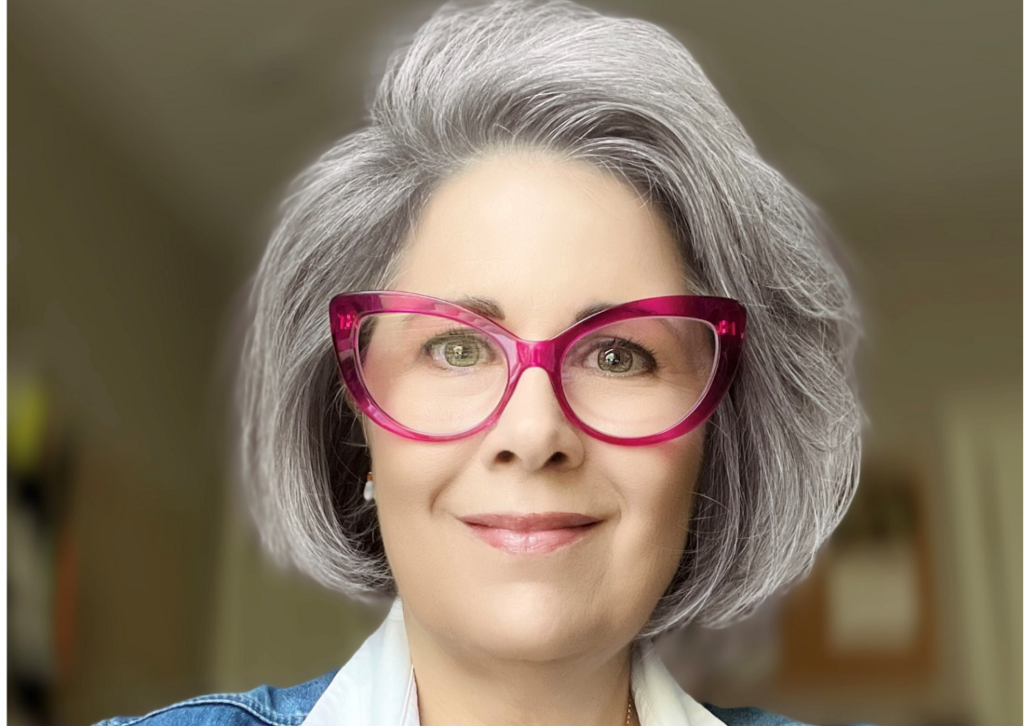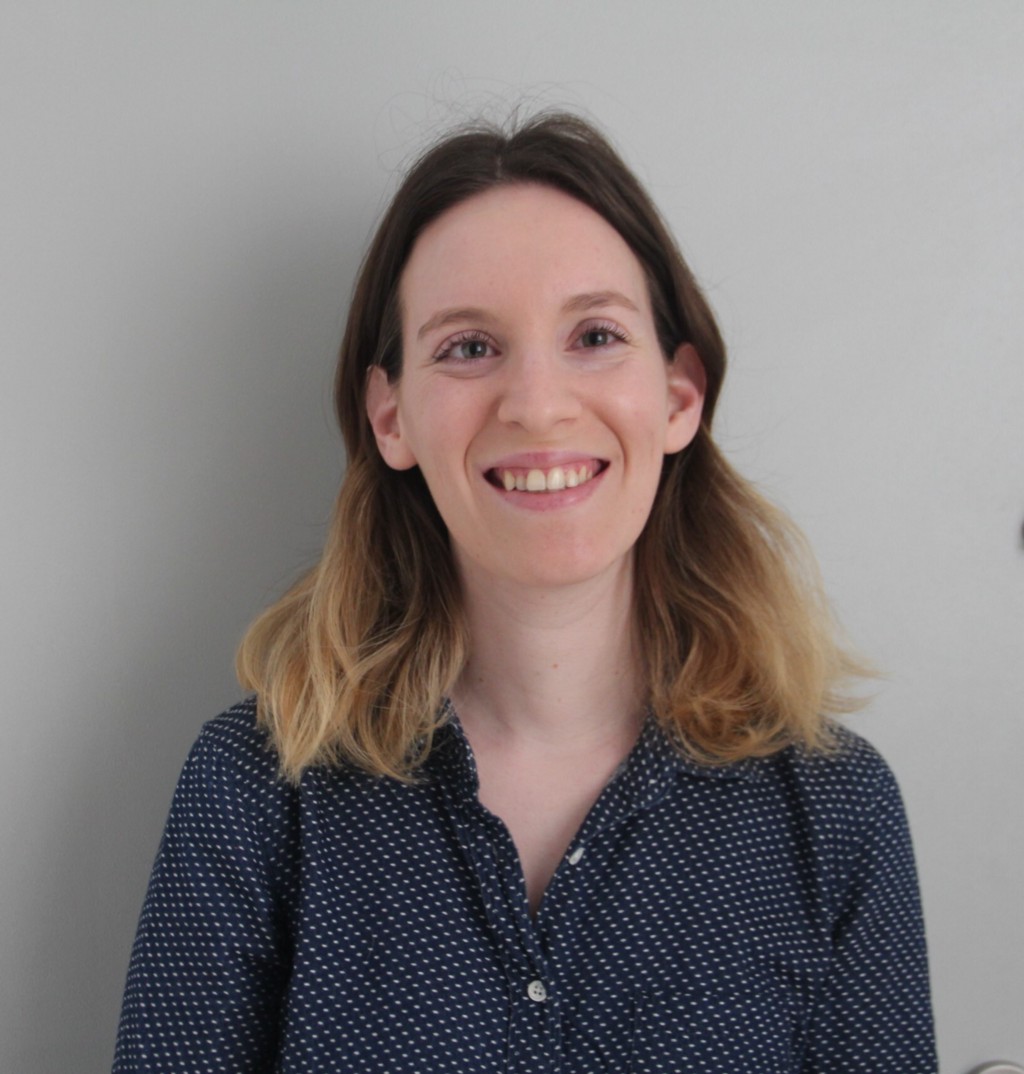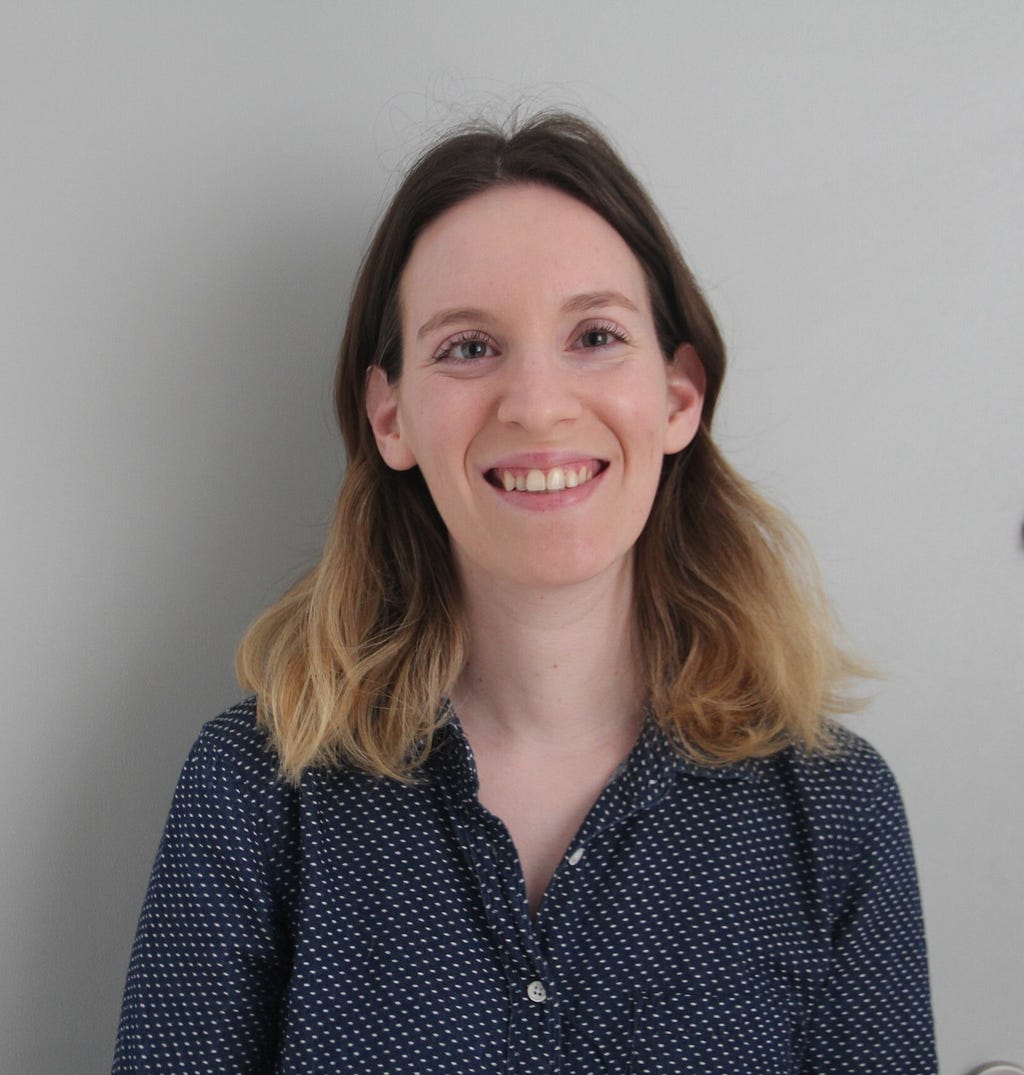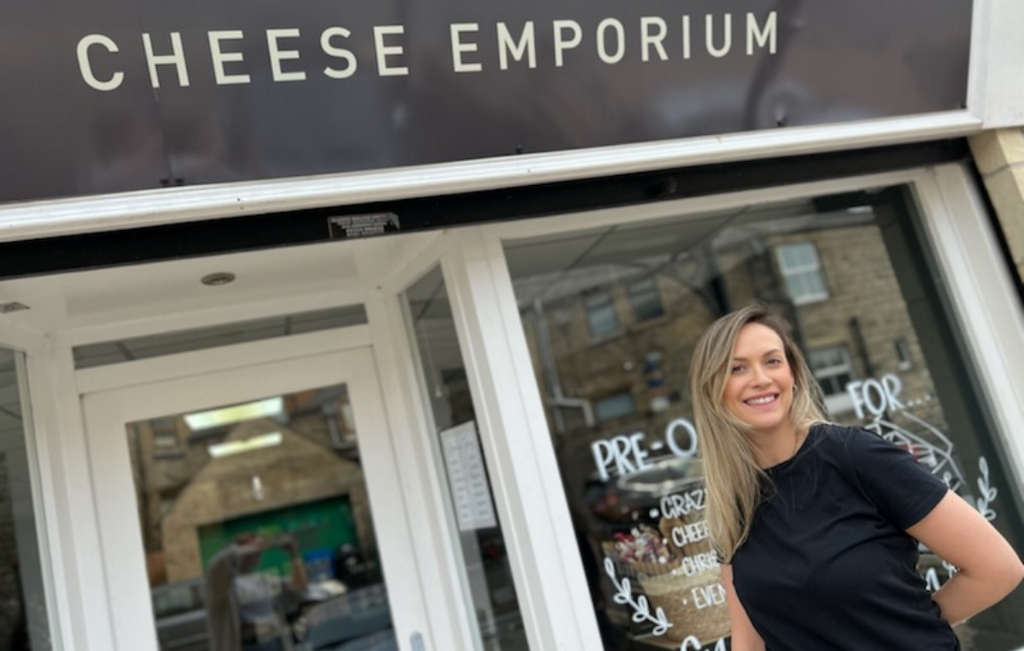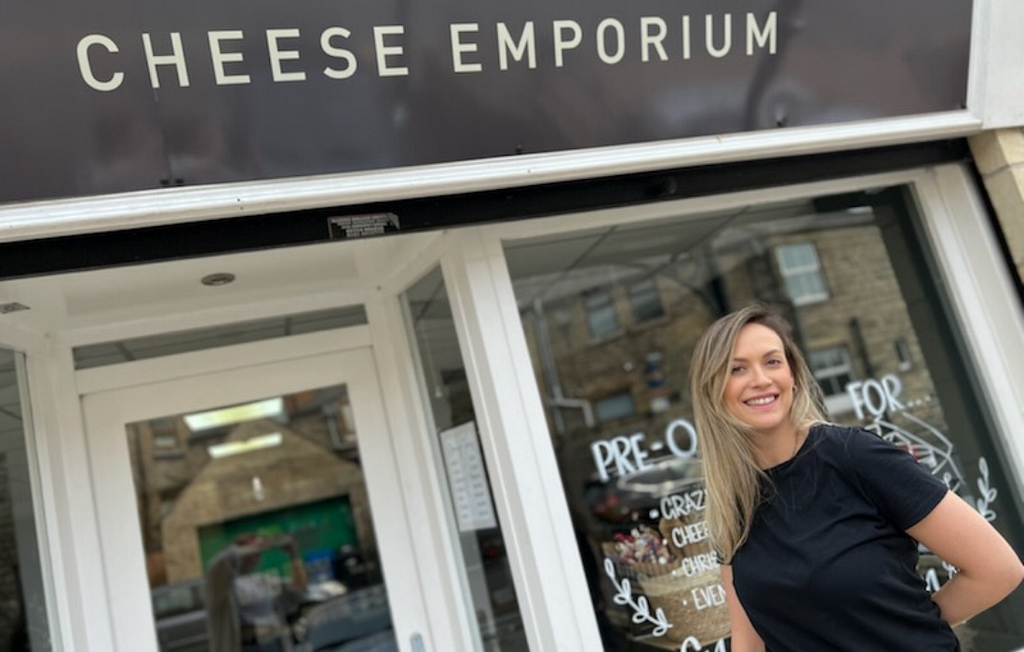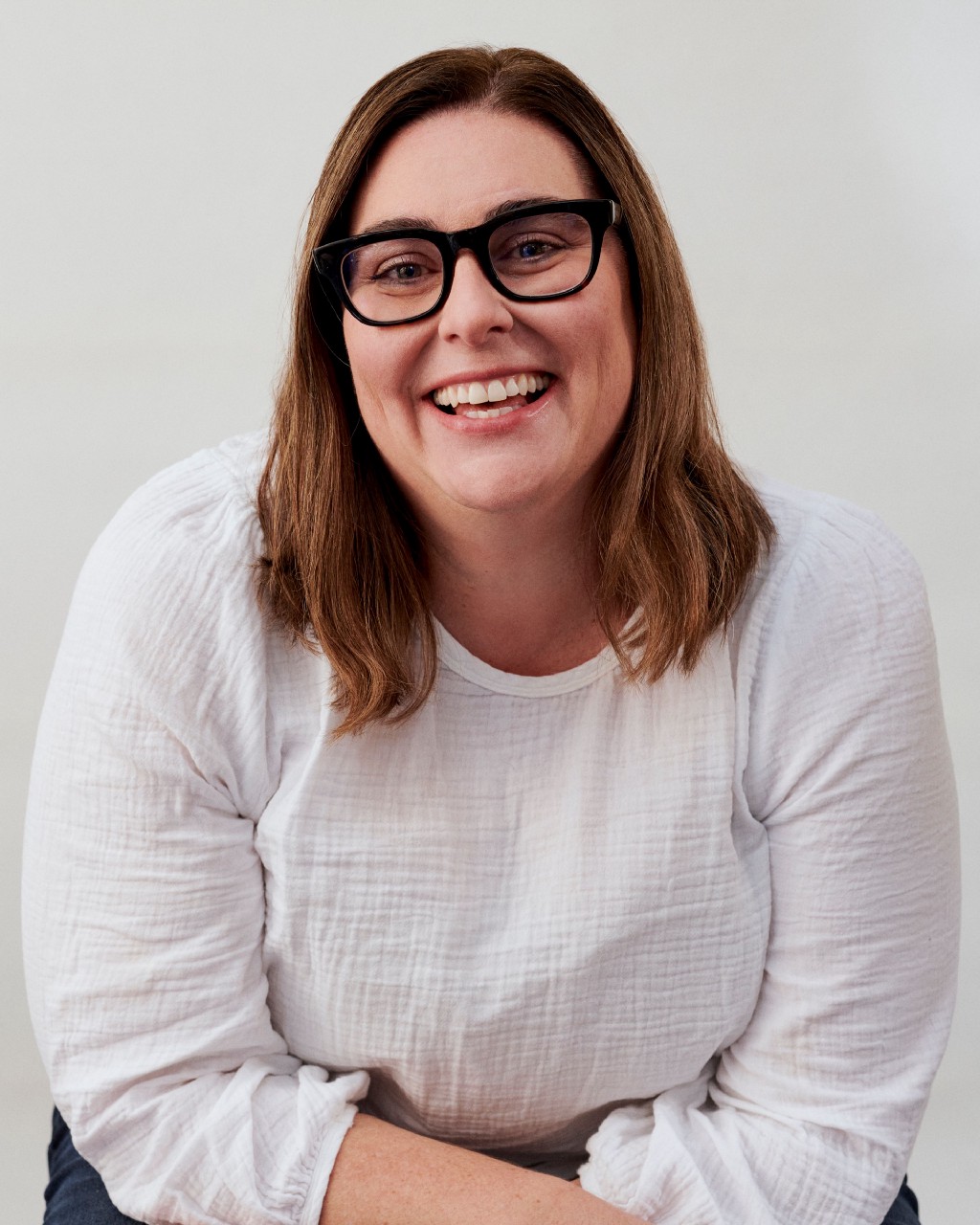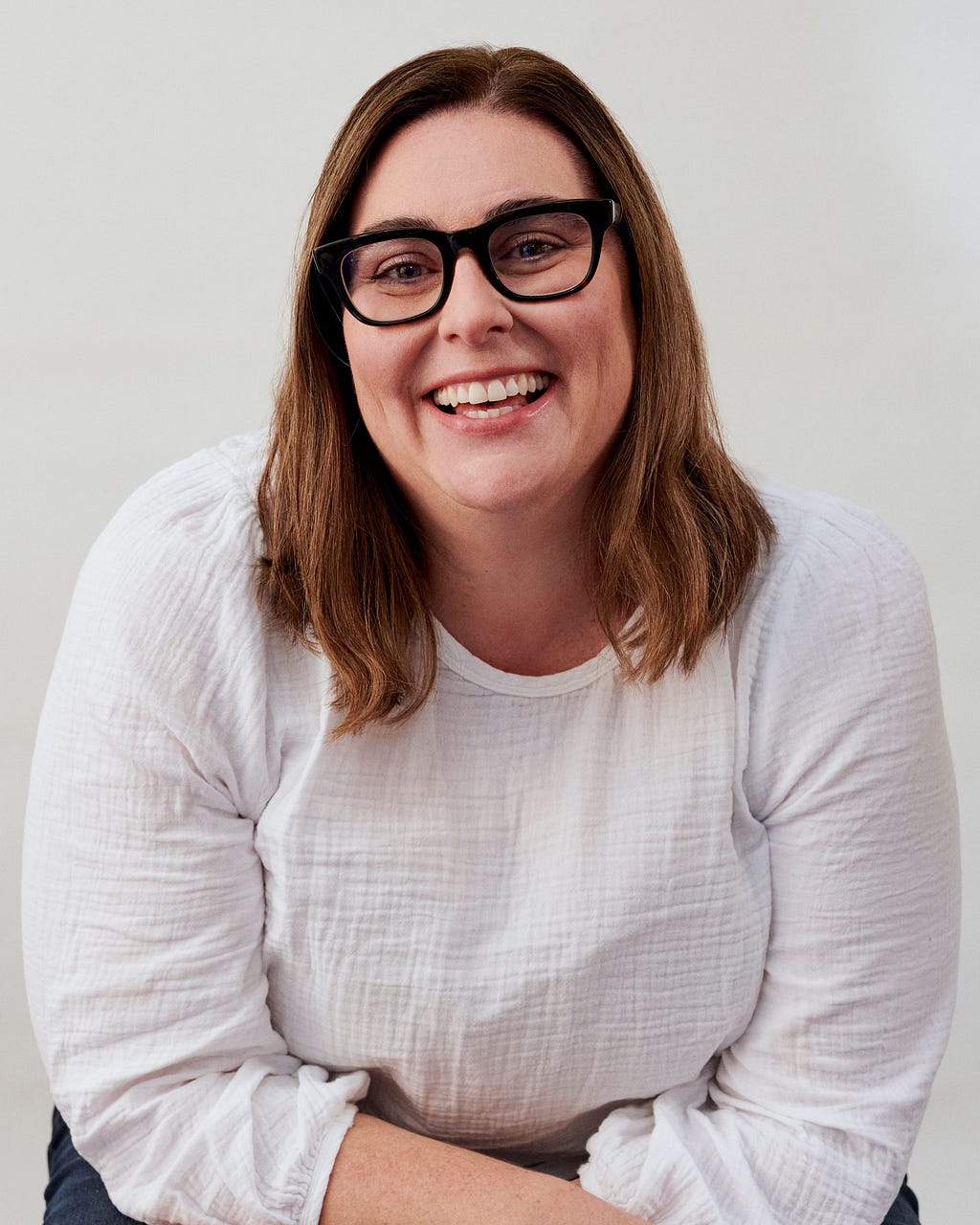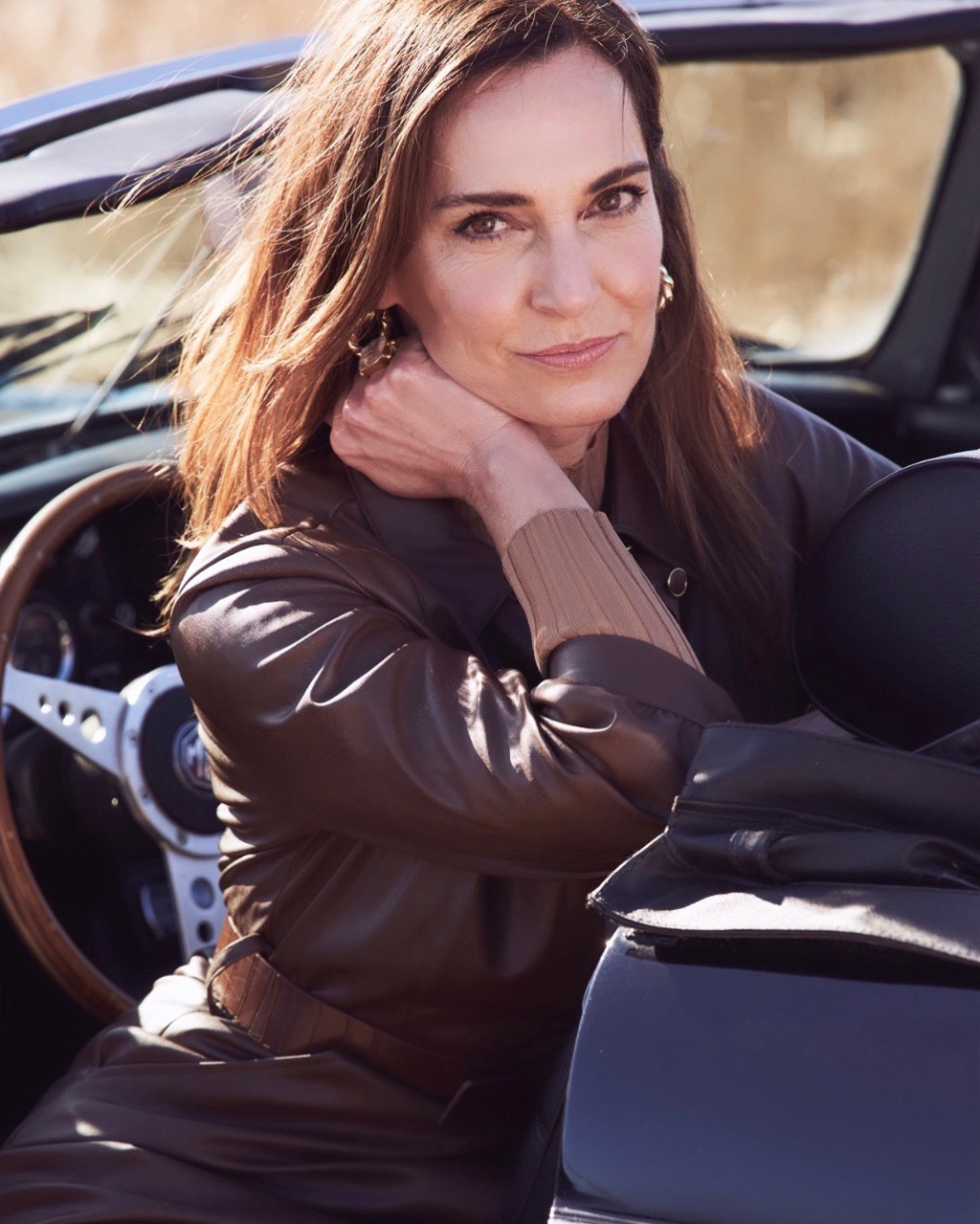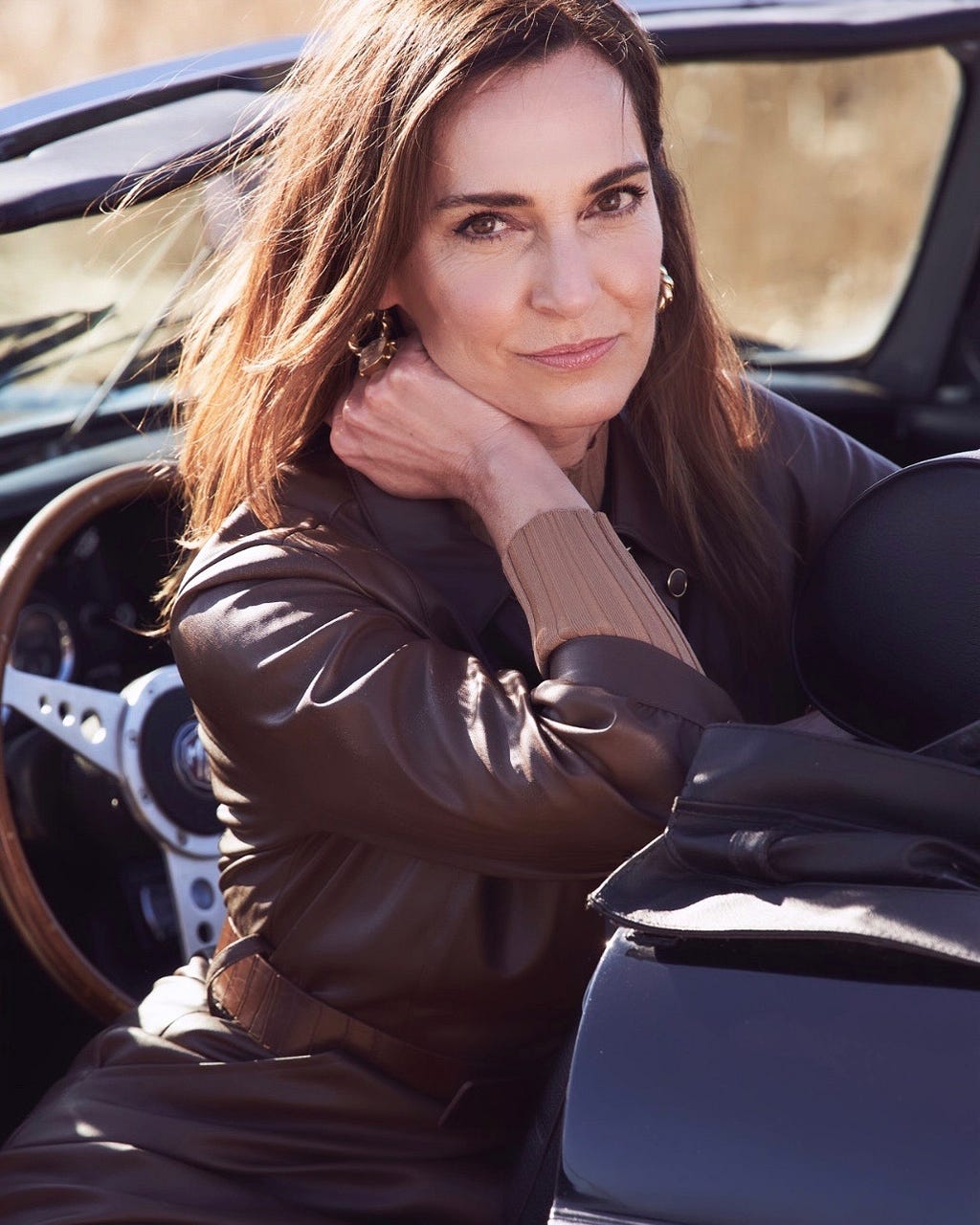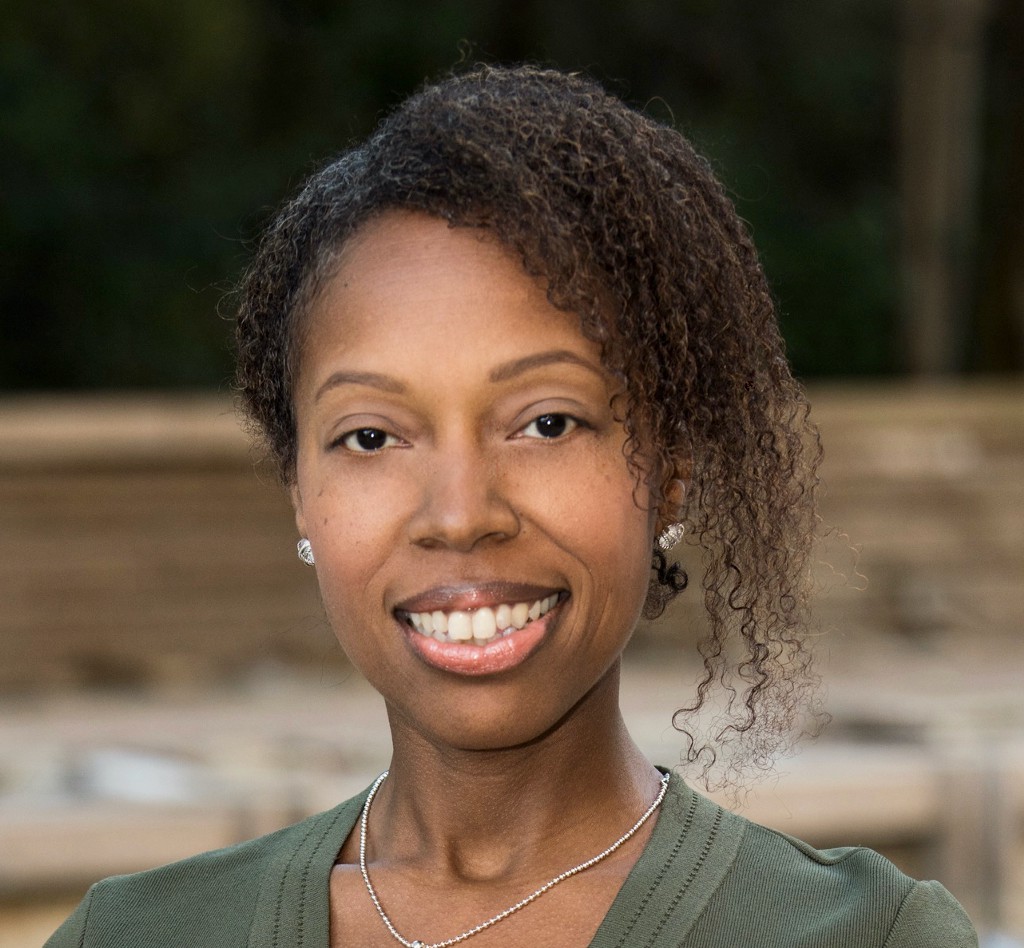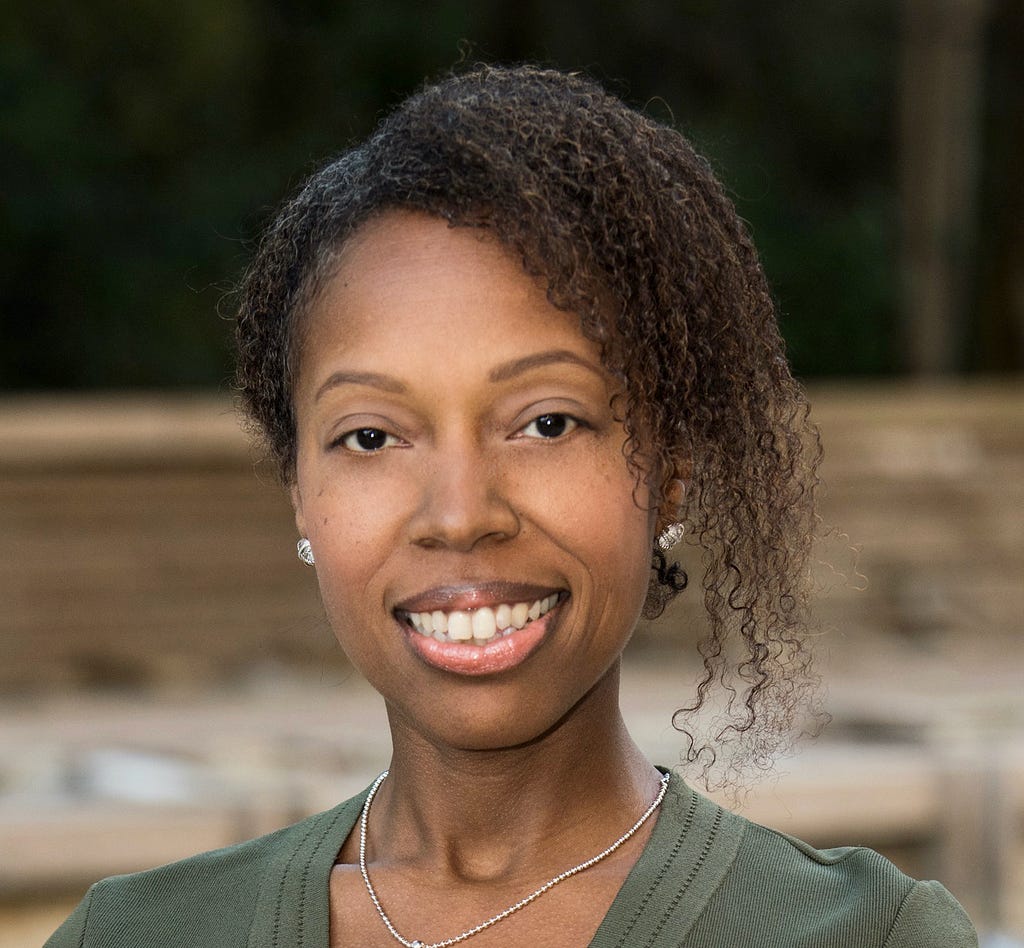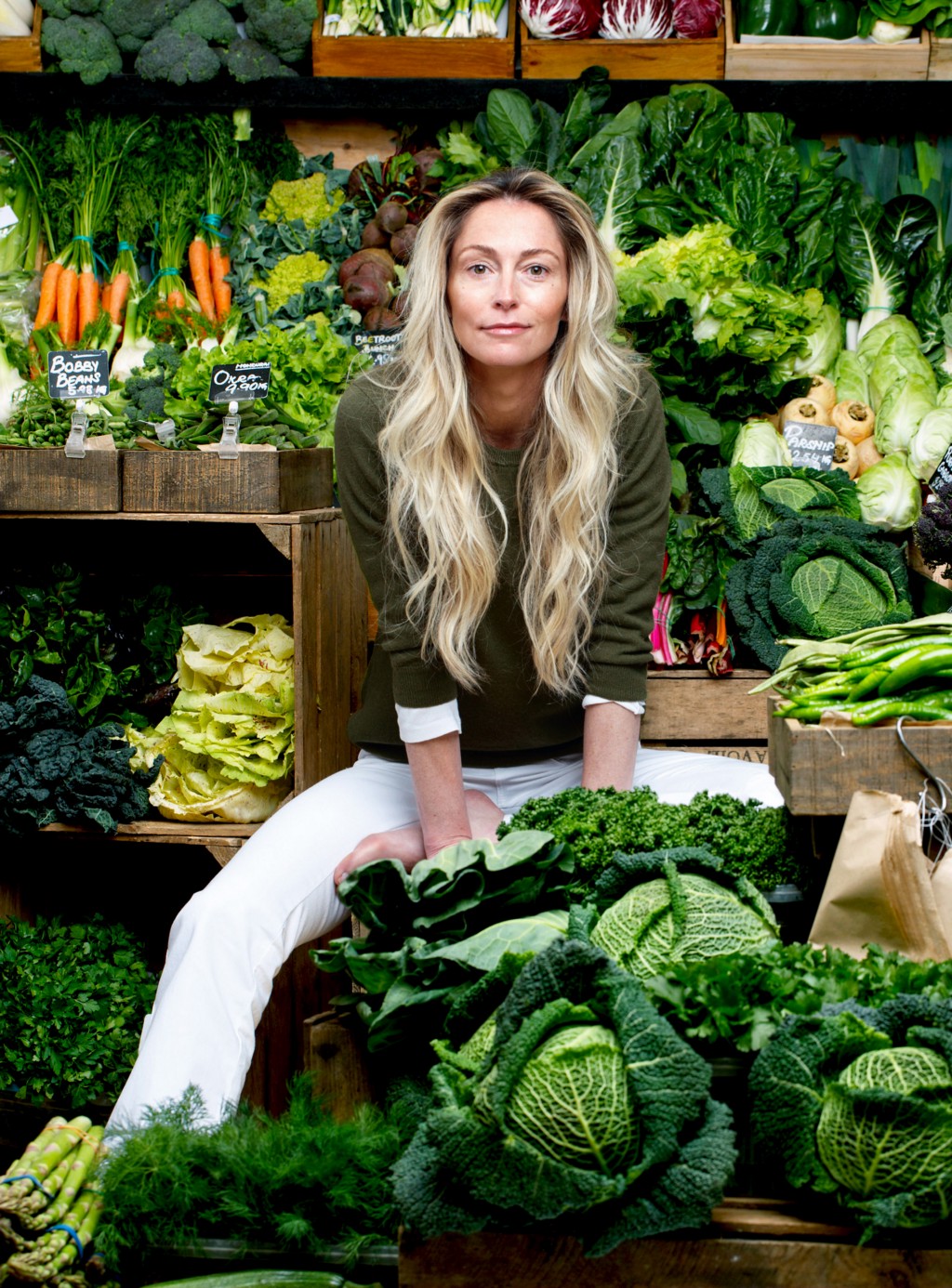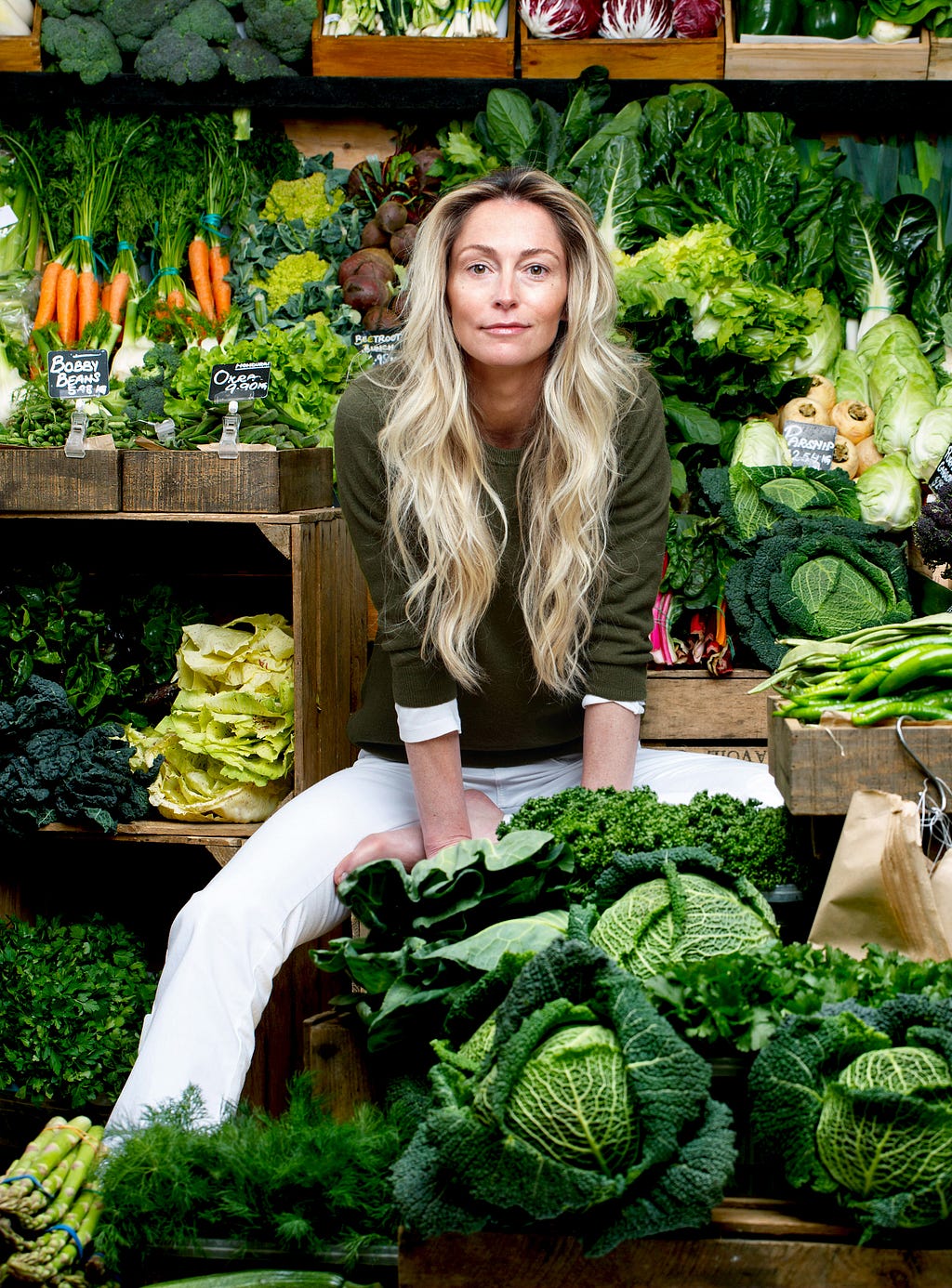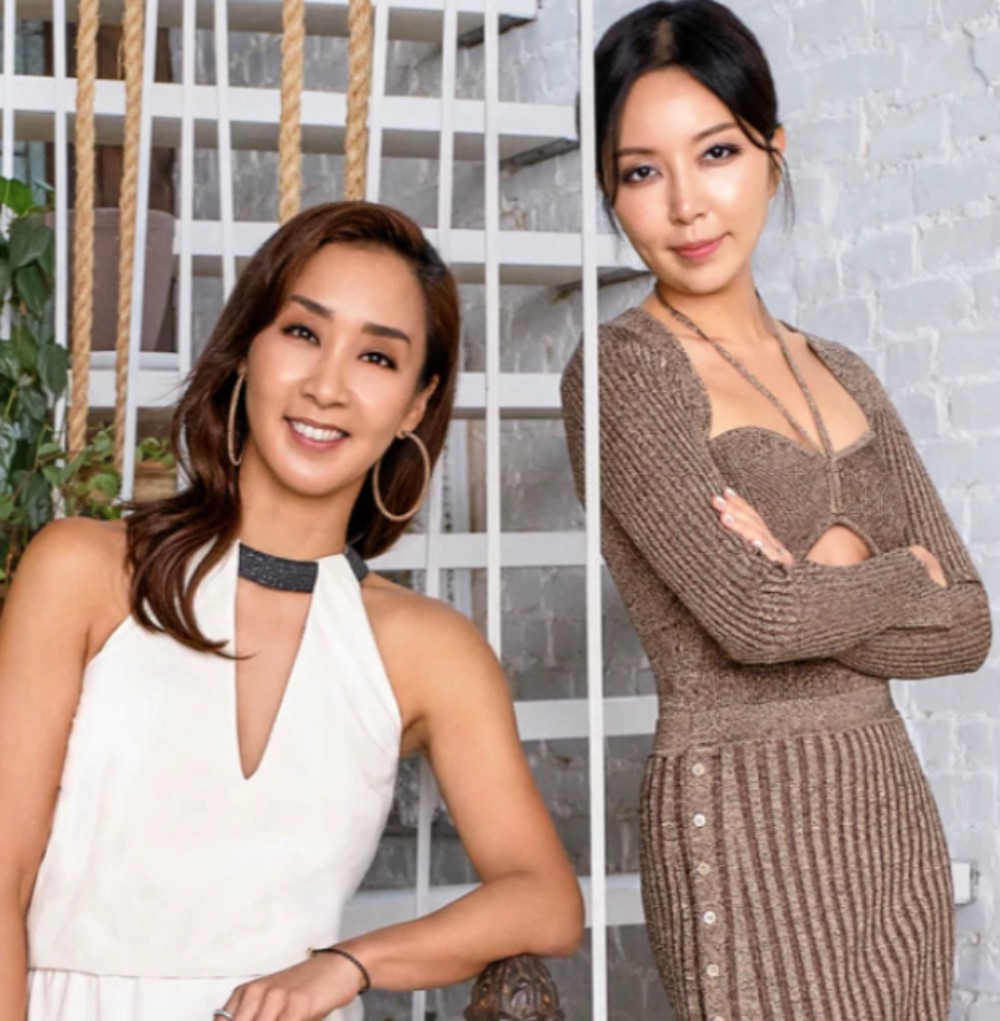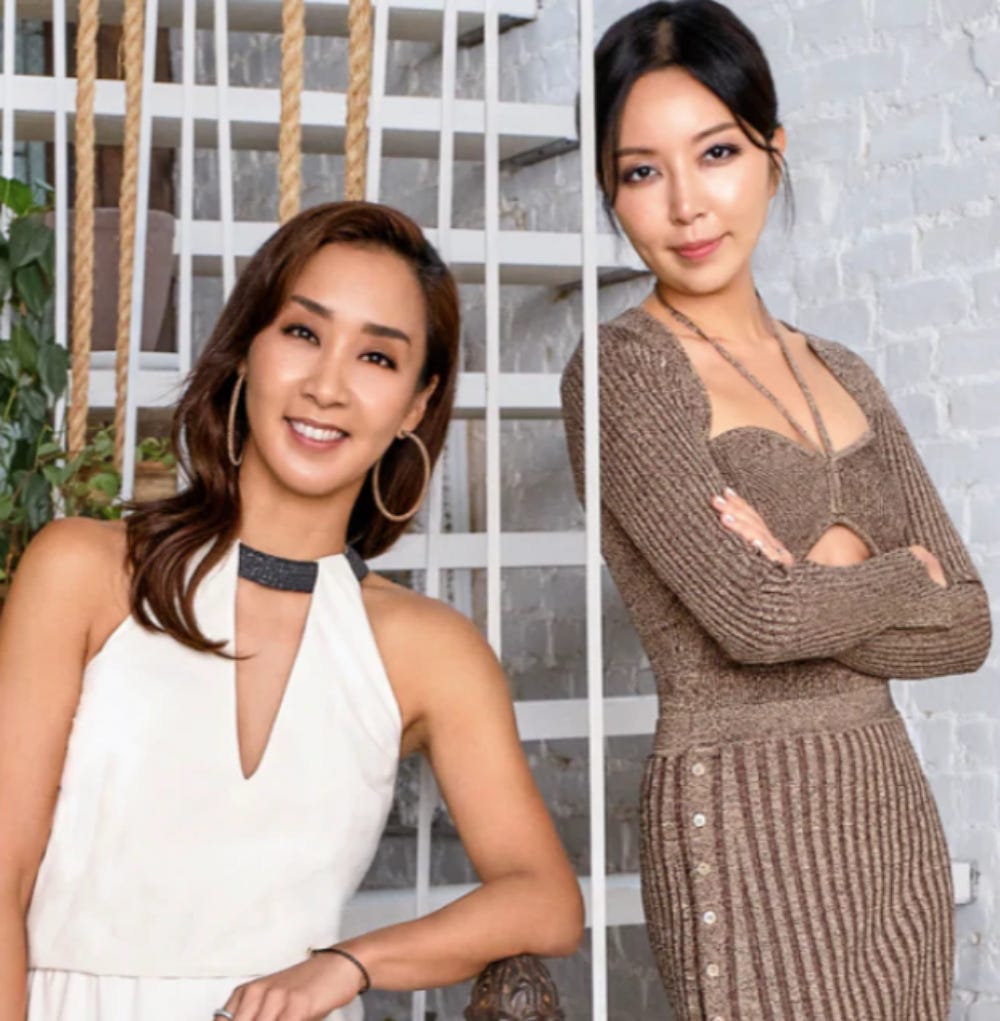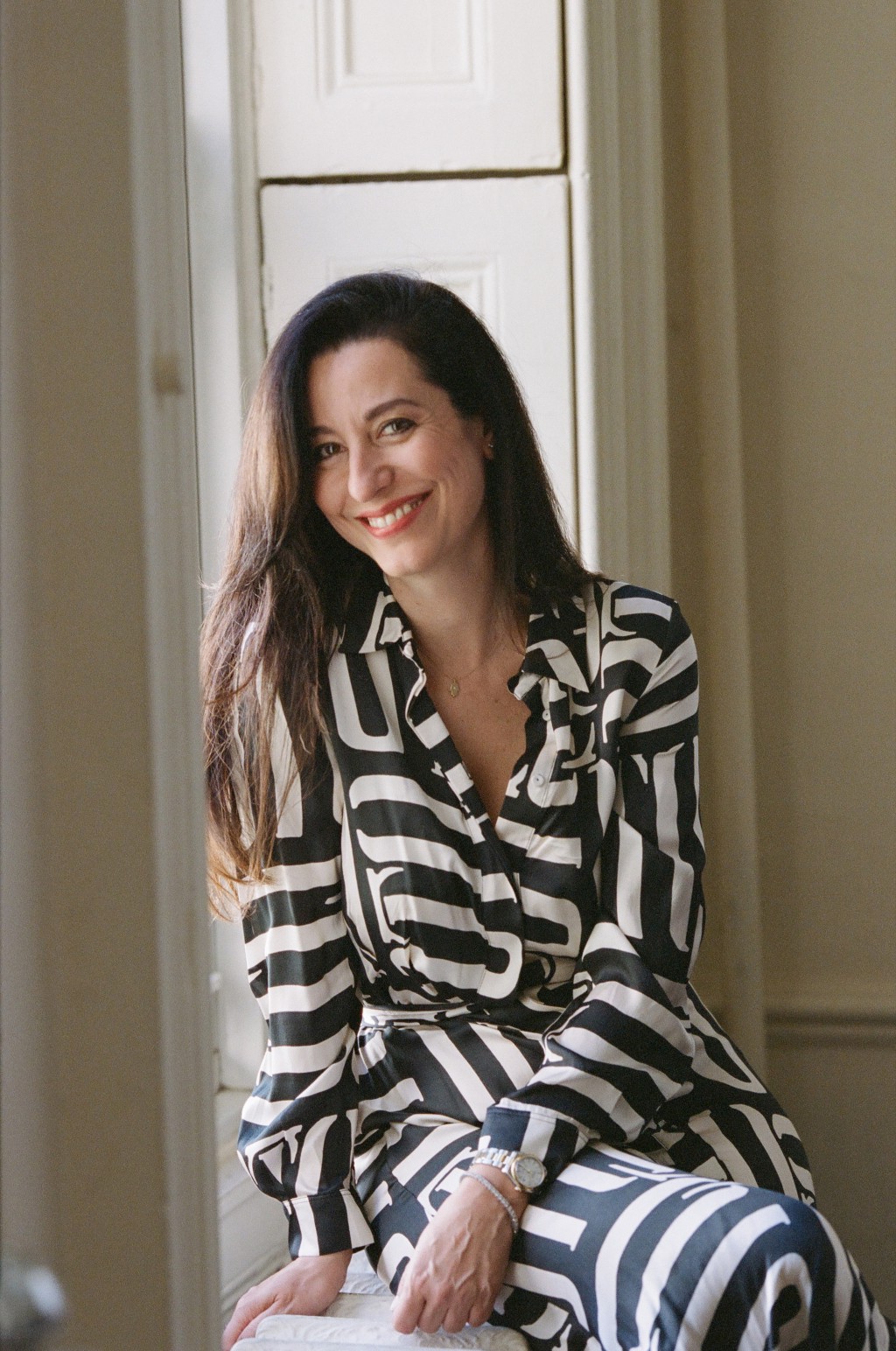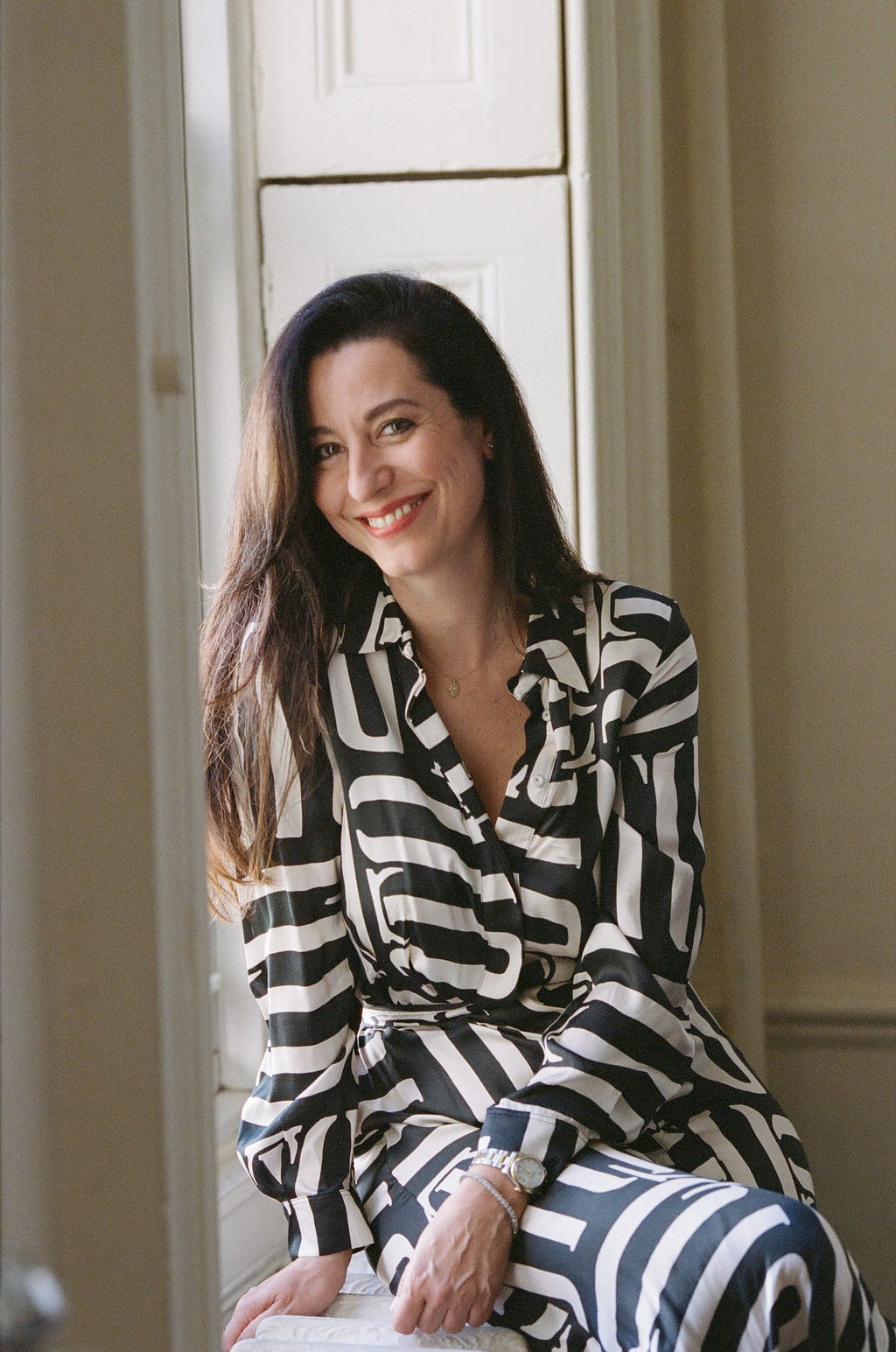Eileen Wiediger of Steep Road: Five Things We Can Do To Develop Serenity And Support Each Other During These Anxious Times
An Interview With Candice Georgiadis
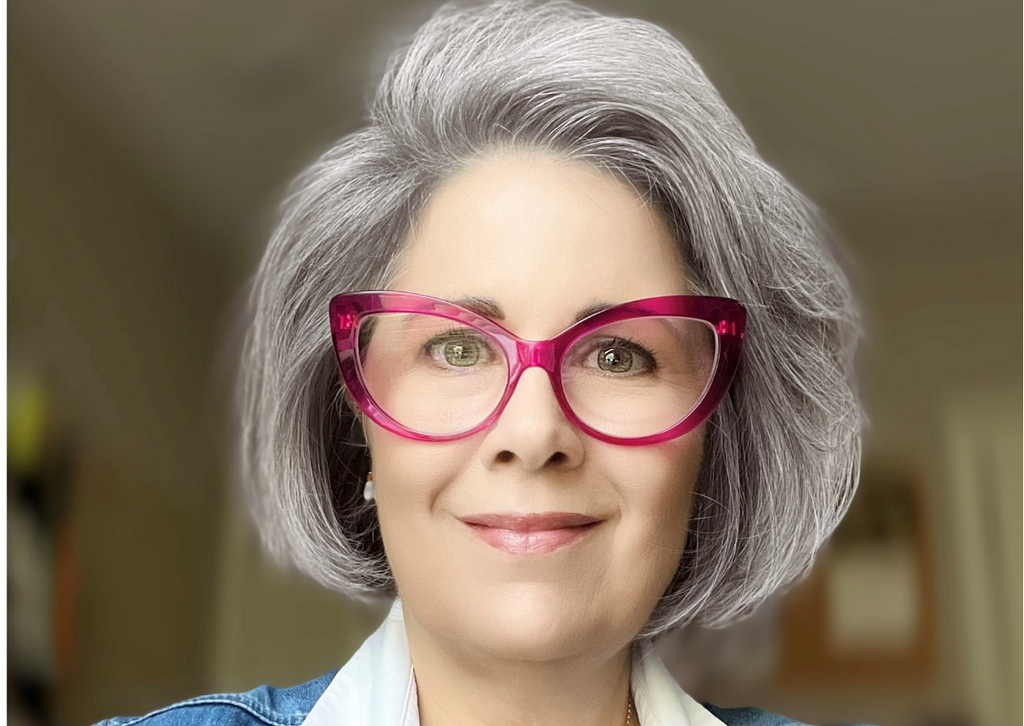
Calm is Contagious: Anxiety can be contagious; if someone around you is experiencing a high level of anxiety, that can cause you to feel anxious. What’s interesting is the converse of this is also true. Suppose you are mindful and present in the moment. In that case, your own sense of calm and focus can decrease the level of anxiety others are experiencing.
As a part of my series about the things we can do to develop serenity and support each other during anxious times, I had the pleasure of interviewing Eileen Wiediger.
Whether creating high-impact learning experiences, facilitating engaging workshops, or coaching clients to new places of possibility, the heart of Eileen’s work is about growth and discovery. For over 20 years, she designed solutions for maximizing organizational potential and performance in the public sector. She is now leveraging her extensive toolset and experience to support others in creating their solutions for living to their fullest potential. Drawing upon her studies and experience in mindfulness, creativity, and self-actualization, Eileen developed a coaching methodology, Solveation™. The Solveation™ method facilitates solutions to move past limiting beliefs and live the biggest and best life possible.
Thank you so much for doing this with us! Our readers would love to “get to know you” a bit better. Can you share with us the backstory about what brought you to your specific career path?
My interest in continuous improvement and learning started with my love of music and the piano. As a toddler, I perched on the piano bench, alternately smashing my fingers down on the keyboard to make a racket or more gently exploring notes one by one. Music and being able to create music were sources of endless fascination. When I began taking piano lessons and learned how to read music, a door opened to a new world of possibilities. I often practiced for up to six hours a day, which instilled the value of learning, applying that learning, and increasing my expertise. So it’s not surprising that my professional orientation leaned heavily toward working in areas like training, education, and strategic organizational development as an adult. The pandemic offered an unexpected opportunity for me to leave the corporate setting and become a solopreneur, allowing me to focus on working with individuals rather than just organizations.
Can you share the most interesting story that happened to you since you started your career?
So many unexpectedly interesting things have happened since becoming a solopreneur. However, I always find most intriguing the experiences that reaffirm I made the right choice and am on the right path. The Universe recently made sure I received that message loud and clear! I hit a patch where nothing was moving as quickly as I wanted it to, and, for me, when things slow down, I fill up the space with worry and often get stuck in a scarcity spiral. And then, like magic, an easy and safe opportunity I’d turned down once popped back onto the radar. The temptation to jump to safety and certainty was strong. Still, I decided to sleep on it before finalizing my commitment. The following day, I awoke not with a sense of relief but of panic. I realized everything I would give up — however ambiguous and uncertain — if I were to take this very safe and very comfortable opportunity. I realized then that going back to my comfort zone wasn’t an option. And as soon as I recognized that, I noticed new opportunities popping up all over. It’s almost as if the Universe was asking me to reaffirm my path, and once I did, it responded in kind.
What advice would you give to other leaders about how to create a fantastic work culture?
I believe two of the essential elements of a fantastic work culture are creating psychological safety and supporting autonomy and self-direction at work. Psychological safety is a term that gets thrown about frequently, but it is not as often implemented well in organizations. Psychological safety creates a work environment where individuals know they can safely engage, raise issues, and share ideas without fear of reprisal or shame. Where psychological safety exists, collaboration and open communication can thrive. The pandemic has upended much of the how and where of work. Research shows individuals want to have more autonomy and self-direction at work. They want to have a voice in choosing where they work, when they work, what they work on, and with whom they work. Even accommodating only one or two choices goes a long way to developing a more positive and rewarding work environment.
Is there a particular book that made a significant impact on you? Can you share a story or explain why it resonated with you so much?
I could not put down Scott Barry Kaufman’s book “Transcend: The New Science of Self-Actualization.” Self-actualization is my jam, and this book gave me a whole new way of looking at Abraham Maslow’s hierarchy of needs. It also re-inspired and re-energized my commitment to doing the work necessary to living up to my fullest potential and helping others do the same. I’ve stuffed my book copy with sticky notes, neon highlights, and marginalia. Yet, each time I open it, I find fresh insights and perspectives. “Transcend” resonated deeply with me and articulates why I believe it is vitally important for us to become the best and fullest expressions of who we are.
Ok, thank you for all that. Now let’s move to the main focus of our interview. From your experience or research, how would you define and describe the state of being mindful?
One of the myths about mindfulness is that it requires clearing the mind of thoughts. It’s what I believed initially and why I was so reluctant to engage with mindfulness before I began studying and practicing it over a decade ago. But mindfulness is not about having a clear, calm mind that is empty of thoughts. Instead, mindfulness is about creating space between yourself and those thoughts to create greater awareness of the here and now. Many of my thoughts are either ruminating about the past or worrying about the future. Eckhart Tolle, a spiritual teacher and author, wrote that we experience pain when we resist what we cannot change.
Given that we can change neither the past nor the future focusing on one or both bring us pain. To become mindful is to get ourselves into the present moment. In that way, we can begin to change our relationship with that pain.
“When you make the present moment, instead of past and future, the focal point of your life, your ability to enjoy what you do and with it the quality of your life increases dramatically.”
-Eckhart Tolle
This might be intuitive to you, but it will be instructive to spell this out. Can you share with our readers a few of the physical, mental, and emotional benefits of becoming mindful?
Some of the benefits of mindfulness (also validated by scientific research) are:
Emotional Regulation: Emotional regulation is awareness and understanding of emotions, recognizing their impact on behavior, and managing those emotions positively. When experiencing strong emotions, we often get entangled with them through ruminative thinking — constantly replaying looping thoughts in our minds, which heightens their impact. Mindfulness decreases rumination, which can reduce our feelings of distress, stress, and anxiety.
Decreased Reactivity: Like emotional regulation, decreased reactivity means we can respond more thoughtfully to and recover more rapidly from negative situations. Mindfulness practice creates space for our responses to become less visceral and more objective instead of experiencing a “knee-jerk” reaction to something stressful. Decreased reactivity also helps focus attention, better handle distractions, and increase flexible thinking.
Decreased Stress and Anxiety: Studies have shown that individuals who regularly participated in mindfulness meditation experienced lower levels of depression and anxiety and less fatigue and anger. Mindfulness practice can help foster increased emotional intelligence and social connection, which can also lower feelings of stress.
Enhanced Brain Function: Research shows that mindfulness may enhance brain functions that afford greater self-awareness, modulate fear response, and increase intuition. After establishing a regular mindfulness practice, the brain’s physical structure changes, with thickening in the areas of the brain associated with attention and how we process sensory input. These changes may enable us to process information more quickly and focus our attention more easily.
Improved Well-Being: Mindfulness, particularly mindfulness meditation, has many health benefits. It can improve our sense of well-being, increase immune system function, promote more restful sleep, and make chronic pain more manageable.
Increased Empathy and Compassion: Mindfulness increases empathy and compassion by increasing our capacity to be present to the experiences of others, to be able to take on their perspectives. Mindfulness also promotes attitudes of nonjudgment and nonreaction, both of which are critical components of compassion for others and self-compassion.
Ok. Here is the main question of our discussion. The past 5 years have been filled with upheaval and political uncertainty. Many people have become anxious from the dramatic jolts of the news cycle. From your experience or research, what are five steps that each of us can take to develop mindfulness during such uncertain times? Can you please share a story or example for each.
One of the most powerful aspects of mindfulness is the simplicity of its practices. No special equipment or location is required to practice mindfulness. Instead, it is accessible to anyone at any time.
Breathing Practice: We all breathe, yet we are not always aware and tuned into breathing. Just noticing and focusing on the breath is a great way to bring yourself into the present moment.
If you feel particularly anxious or stressed, you can also change your breath to find a greater sense of calm. Different types of breathing can activate that part of the nervous system tasked with calming the body, the parasympathetic nervous system. One of the simplest ways to do this is to make your exhale longer than your inhale. First, inhale to a count of your choosing; then, you can add to or even double that count when you exhale. Choose a count that feels comfortable for you.
Body Scan Meditation: During a body scan meditation, you mentally touch on each part of your body, from toes to head, and focus on the sensations you notice. You might notice sensations such as warmth, itching, throbbing, or tingling; you might also notice an absence of sensation. Often, physical sensations felt in the body are tied to emotions, and we may not even be aware of these connections. This practice increases your awareness of these sensations and connections to emotions while also training your mind to be present with and accept sensory experiences — even those you don’t like. Ultimately, practicing body scan meditation increases your ability to focus and be more present in each moment. Click here to access a body scan meditation I recently recorded.
Five Senses Exercise: This exercise is beneficial when a more formal mindfulness practice like the body scan meditation isn’t practical.
- Notice five things you can see. Then, cast your gaze around you, paying close attention to something you wouldn’t ordinarily notice, such as a shadow or a stain on a wall.
- Notice four things that you can feel. Feel the texture of something you are wearing or an object nearby; notice the air temperature around you or on the surface where your hands rest.
- Notice three things that you can hear. First, tune in to the sounds of your surroundings, noticing even the slightest sounds. For example, you might become aware of the hum from your computer’s fan or the chirping of birds outside your window.
- Notice two things you can smell. Unless something smells particularly pleasant or obnoxious, we often don’t notice it. Focus on picking up even the slightest scent in the air around you. Perhaps it’s the scent of cut grass through an open window or the smell of coffee in the cup on your desk.
- Notice one thing you can taste. Focus on one thing you can taste right now. For example, if you have a piece of chocolate or candy, take a bite and savor it, noticing its flavor’s complexity. Or you can take a sip of a beverage, taking time to pay close attention to how it tastes.
Video: Five Senses Mindfulness Exercise
Notice and Name: Mindfulness is about gaining space from thoughts so we don’t get entangled in them and lose awareness of the present moment. Worries, fears, and other thoughts can often turn into continuously running loops and sap our energy and attention. One way to stop the loop is to notice and name. Start by noticing the thoughts, then as you notice each thought, name it “thought.” As each new thought arises, notice and name — in your mind, you may find that at first, the thoughts come fast and furious: “thought — thought — thought- thought.” After a minute or two, though, you will notice the loop slowing and find some space between those thoughts. This practice brings attention out of the thought loop and back to the present moment. It also reinforces that we are not our thoughts and that we can observe them, then let them go.
Start the Day With Intention: Mindfulness focuses and pays specific attention to the present moment and is driven by the slower, conscious mind present in the higher brain centers. When we are not mindful, I call it going on auto-pilot. On auto-pilot, we are driven by our faster subconscious (or unconscious) mind in the lower centers of the brain. These lower centers drive much of our behaviors and decision-making. Have you ever gotten into the car to go someplace and realized you don’t remember how you got there when you arrived? If you have, then you have experienced being on auto-pilot! Starting your day with an intention that has an emotional component (such as reward, safety, connection, purpose, and values) may strengthen the relationship between these higher and lower centers. When these centers are aligned, you can experience more mindfulness throughout the day.
- When you wake up, find a comfortable place to sit in a relaxed posture. Close your eyes and notice the sensations in your body.
- Take three deep breaths, inhaling through the nose, exhaling out through the mouth. Then, allow your breath to go back to its normal rhythm and be aware of the breath.
- Set your intention for the day. Factor in what you will be doing, who you might be interacting with, and what challenges you might be facing. Consider how you want to show up and how you want to feel today. Allow your thoughts to settle on a positive intention. The intention should be in the present tense as though it is already happening. It should also have an emotional component. It could be like: “I go through this day with ease and calm.”
- Repeat this intention to yourself, either silently or aloud, at least three times.
- Take three final deep breaths and open your eyes.
- Throughout the day, remind yourself of the intention you set. Then, notice any changes or shifts that occur.
From your experience or research, what are five steps that each of us can take to effectively offer support to those around us who are feeling anxious? Can you explain?
Calm is Contagious: Anxiety can be contagious; if someone around you is experiencing a high level of anxiety, that can cause you to feel anxious. What’s interesting is the converse of this is also true. Suppose you are mindful and present in the moment. In that case, your own sense of calm and focus can decrease the level of anxiety others are experiencing.
Powerful Pause: Take a break and encourage them to find a quiet place to sit comfortably and breathe. You could encourage them to focus on their breath. You could also share one breathing practice that calms the parasympathetic nervous system. Alternatively, you might encourage them to focus on something repetitive, such as counting aloud, to bring their attention back to the present moment.
Mindful Listening: Encourage them to talk about what they’re experiencing and, listen deeply and mindfully to them, fully present to what they share with you. Understanding how they experience anxiety can also help you better empathize with what they are going through.
Be Kind, Be Present: Show up for them and do so by being kind and present. Let them know you are there to support them in whatever way they need. Validate their feelings and also remind them that they will pass.
Encourage Curiosity: It is challenging to be both anxious and curious simultaneously, so when someone is experiencing anxiety, encourage them to get curious about it. You might share some thought prompts they can consider, such as: What was happening when the feeling of anxiety started? What makes it worse? What makes it better?
What are the best resources you would suggest for someone to learn how to be more mindful and serene in their everyday life?
I started my mindfulness practice with a phone app called Calm. I loved Calm’s simplicity and how it made meditating feel so much less intimidating by giving me lots of options. By starting with 5-minute meditations, I was able to build my confidence. Then, as I started seeing some benefits from the practice, I gradually increased my meditation time. Calm is a paid app, although they offer a 7-day free trial. Some great free apps are Insight Timer, Smiling Mind, and MyLife Meditation.
For those who love to read, two of my favorite mindfulness books are Full Catastrophe Living: Using the Wisdom of Your Body and Mind to Face Stress, Pain, and Illness by Jon Kabat-Zinn and Just One Thing: Developing a Buddha Brain One Simple Practice at a Time by Rick Hanson. Kabat-Zinn is the founder of Mindfulness-Based Stress Reduction (MBSR), and his book is a comprehensive resource on mindfulness. It offers a balanced mix of conceptual information, theory, and practical applications. Hanson (a neuropsychologist) shares over fifty simple practices designed to re-train your brain and increase mindfulness and well-being in Just One Thing.
I’m a big fan of the Greater Good Magazine and Mindful online publications. Both offer insightful articles and news about current mindfulness research. They also include many resources to add to your mindfulness practice, such as online meditations, writing prompts, and guidance for creating an at-home meditation retreat.
Can you please give us your favorite “Life Lesson Quote”? Do you have a story about how that was relevant in your life?
My intentions are the best, but my methods not so much when it comes to saving inspirational quotes. When something resonates with me, I think, “I will never forget that,” yet inevitably, I do. The quotes that stick, though, tend to be the ones I most need at the time. Right now, the stickiest of them all is: “There is no failure, only feedback.”
I consider failure to be the true F-bomb because fear of failure continues to blow up even my best-laid plans. Regardless of how well I’ve set myself up for success, that fear alone is enough to send me scurrying back to safety and certainty. However, changing my perspective to think of failure as feedback has unlocked my inner scientist. Now I approach doing something new and different from an experimenter’s perspective instead of a binary success or failure mentality. Without getting hyperbolic, I also don’t want to understate how important this inspiration has been in shifting my limiting beliefs.
You are a person of great influence. If you could start a movement that would bring the most amount of good to the most amount of people, what would that be? You never know what your idea can trigger. 🙂
Rather than start a movement, I want to be part of the ongoing movement for increased awareness and practice of mindfulness. Mindfulness benefits the mind and body; it contributes to inner peace and well-being; it increases our resilience. So who would say no to advocating for more of that?
What is the best way our readers can follow you online?
All latest information on events, workshops, and details about coaching can be found on my website. I’m currently offering virtual meditation sessions on the Amava platform. And folks can follow me on LinkedIn and Instagram.
Thank you for these fantastic insights. We wish you only continued success in your great work!
Eileen Wiediger of Steep Road: Five Things We Can Do To Develop Serenity And Support Each Other… was originally published in Authority Magazine on Medium, where people are continuing the conversation by highlighting and responding to this story.


